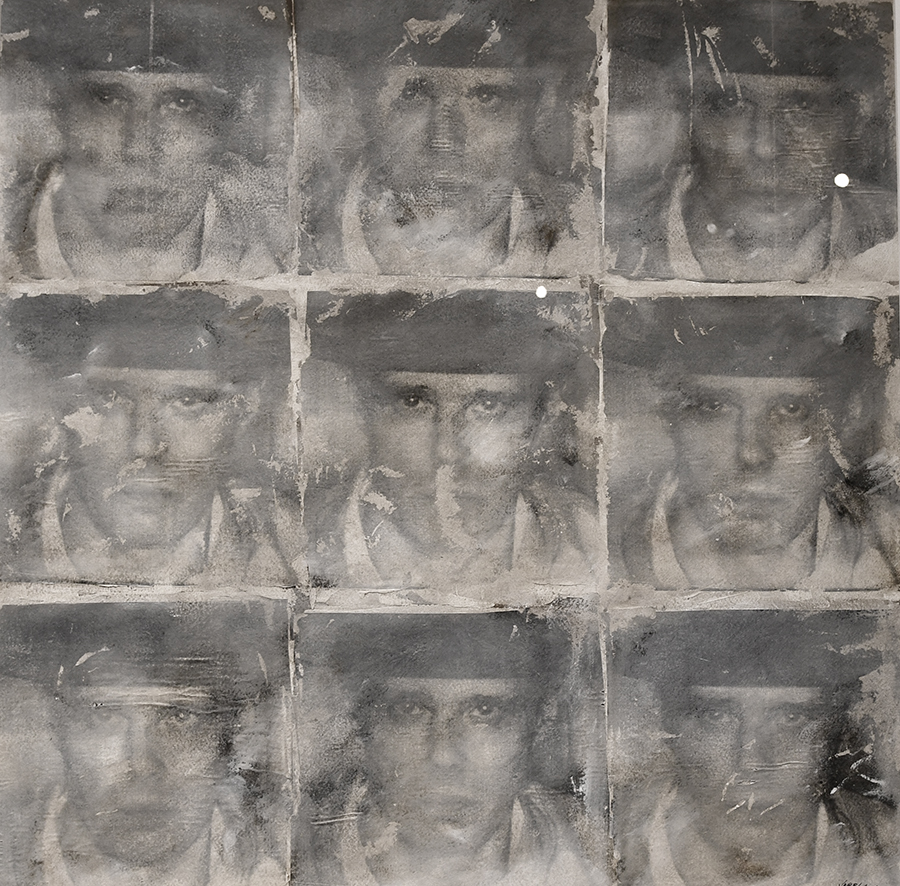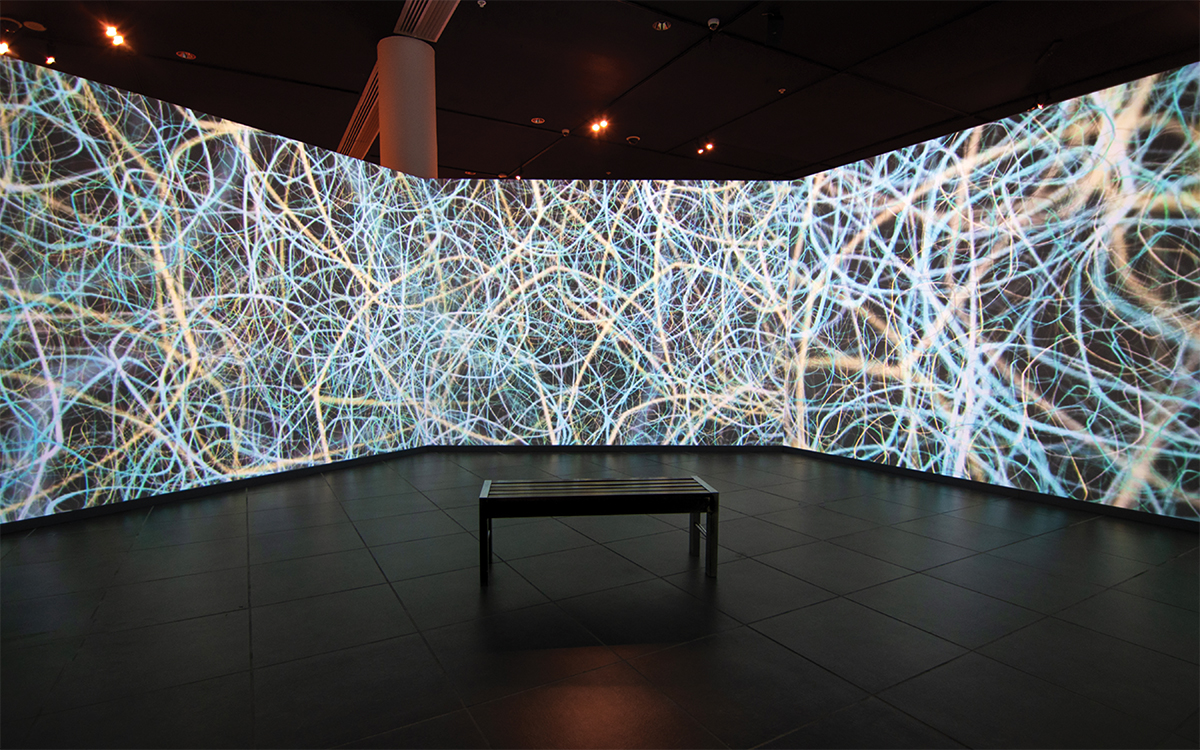By an interesting coincidence, just when the world of culture continues from one continent to another paying tribute in the year of his centenary to Joseph Beuys, the artist-pastor-shaman-educator-therapist of German origin who in the 20th century revolutionized the art, the León Center inaugurates Worlds: the transits of Fernando Varela.
There are many elements in common between the way of conceiving art between the two artists. Each one in different ways, but under very similar conceptions and intentions: always conversing and kneading from exceptional ingenuity to the human soul. This exhibition is evidence.
How to explain art to a dead hare; Marcel Duchamp's silence is overrated; I like America and America likes me, were some of the acts of language through which Beuys sought to subvert the common sense of custom, dislocate the automatisms to which tradition subjects us and thus return to a logical structure of human reason. , through the shepherding of an aesthetic that would shake the floors and skies of our channels of perception, from irony and paradox. That transformed contemporary art, and the possibilities of carrying out an authentic popular and democratic pedagogy.
Like Beuys's, Fernando Varela's work speaks to us and calls us to travel through diverse worlds, and to survive transcending them with a philosophical smile on our lips. Beuys goes from the inside out, entering through the instincts to formulate social criticism. Varela does it from that social garden that invites us to intimacy and from that exterior of familiarity to reach the interior garden of wonders that inhabits us. In both cases, they are eminently pedagogical and essentially spiritual works.
The work of Fernando Varela is a field of visual rhizomes, from which images of feelings emerge that open up into a multiplicity of thoughts. Everything in silence, like a stentor of the silent word, which gathers things from the world and summons them to a cosmic council, probing the soul, and making it gush ointment of honey, grease and felt. Yes, “like the little moss on the stone, oh yes, yes, yes.”
This exhibition collects, like elements of the same puzzle, matter and spirit, the body, an exercise of movements where each piece unequivocally represents the ethical discourse of a deeply hospitable and friendly work.
Fernando Varela's visual gestures seek to reconstruct the ecological meaning of our nature, unique and indivisible, non-dual. Like a healer of wounds, his works have an extraordinary sound palette, which move like echoes of nature, and whose wind instruments announce peace in discreet songs of freedom, showing the greatness of the melancholic path of loneliness.
The affinity that Fernando Varela manifests with the impressionist and post-impressionist avant-garde of music, who sought modernity in the break with tradition, making dissonances coherent and even necessary, is no coincidence. Those Gabriel Fauré, Erik Satie, Debussy who opted for irregular structures, for experimental exercises, who, like Monet in painting or as Celine did later in writing, gave life back to art, when in an academic pond, it was losing oxygen culture.
The Eduardo León Jimenes Foundation and the León Center feel special gratitude for the support of Excel in the person of our friend and art accomplice Alberto Cruz for his support, to Cervecería Nacional Dominicana for always being there. Likewise, I would like to congratulate the Centro León team for their dedication and the professionalism with which they undertake each project. In particular, I want to mention the pedagogical program that accompanies this exhibition since it has the intrinsic intention of carrying out an affective and cognitive mediation between the artist and his work with the largest number of audiences possible.
It is a source of joy for us to be able to honor an artist of the universal caliber of Fernando Varela, whose work for our present is essential not only to understand, but to heal a certain hustle and bustle of that incomplete prosperity that could overwhelm hope. This exhibition is a bit like sewing the heart from a workshop where only the palpitations can be heard, those that irrigate blood, those that pump life. Fernando Varela embroiders the silence. And that's not easy to find. And yet, urgently needed in this world, today.

